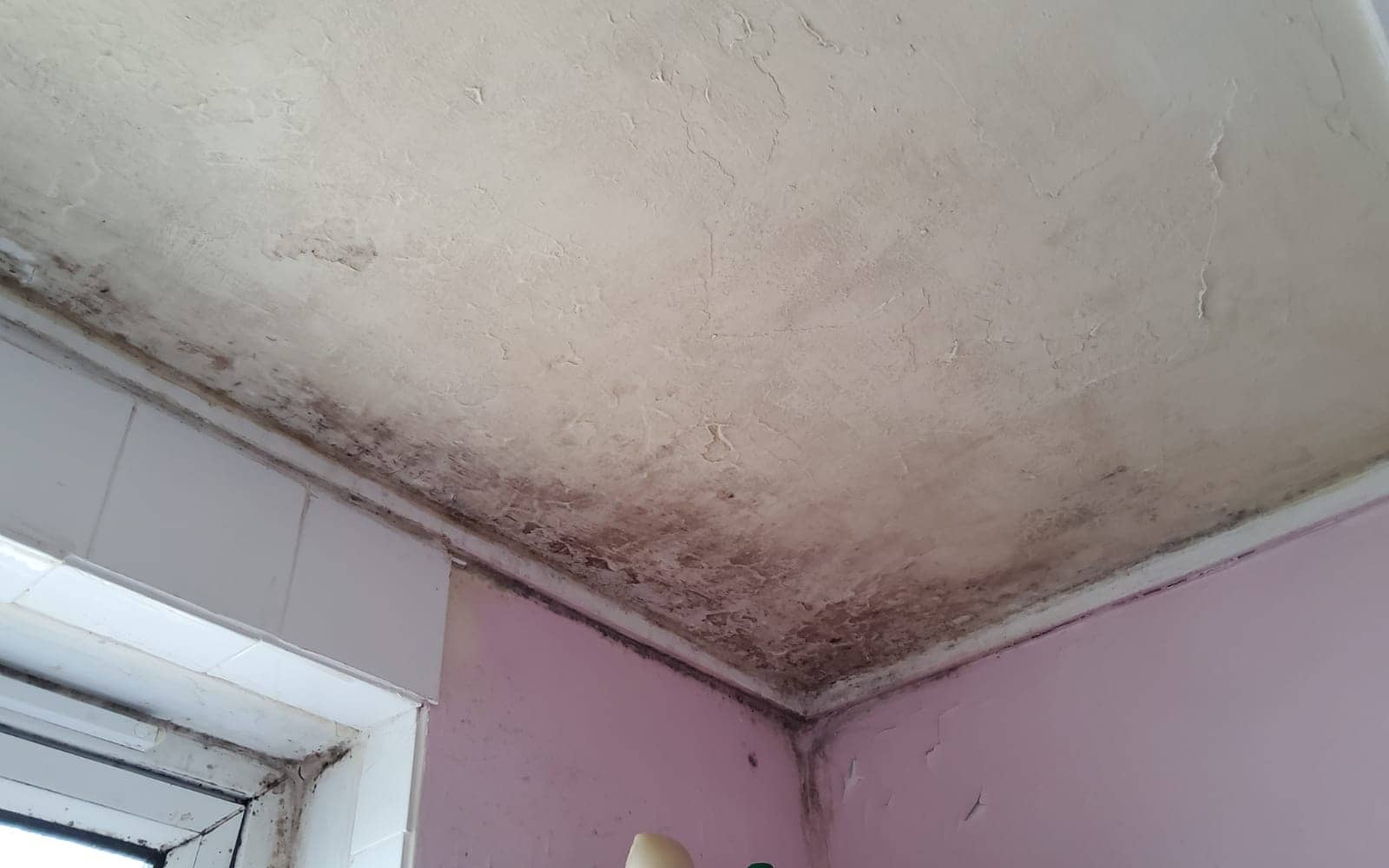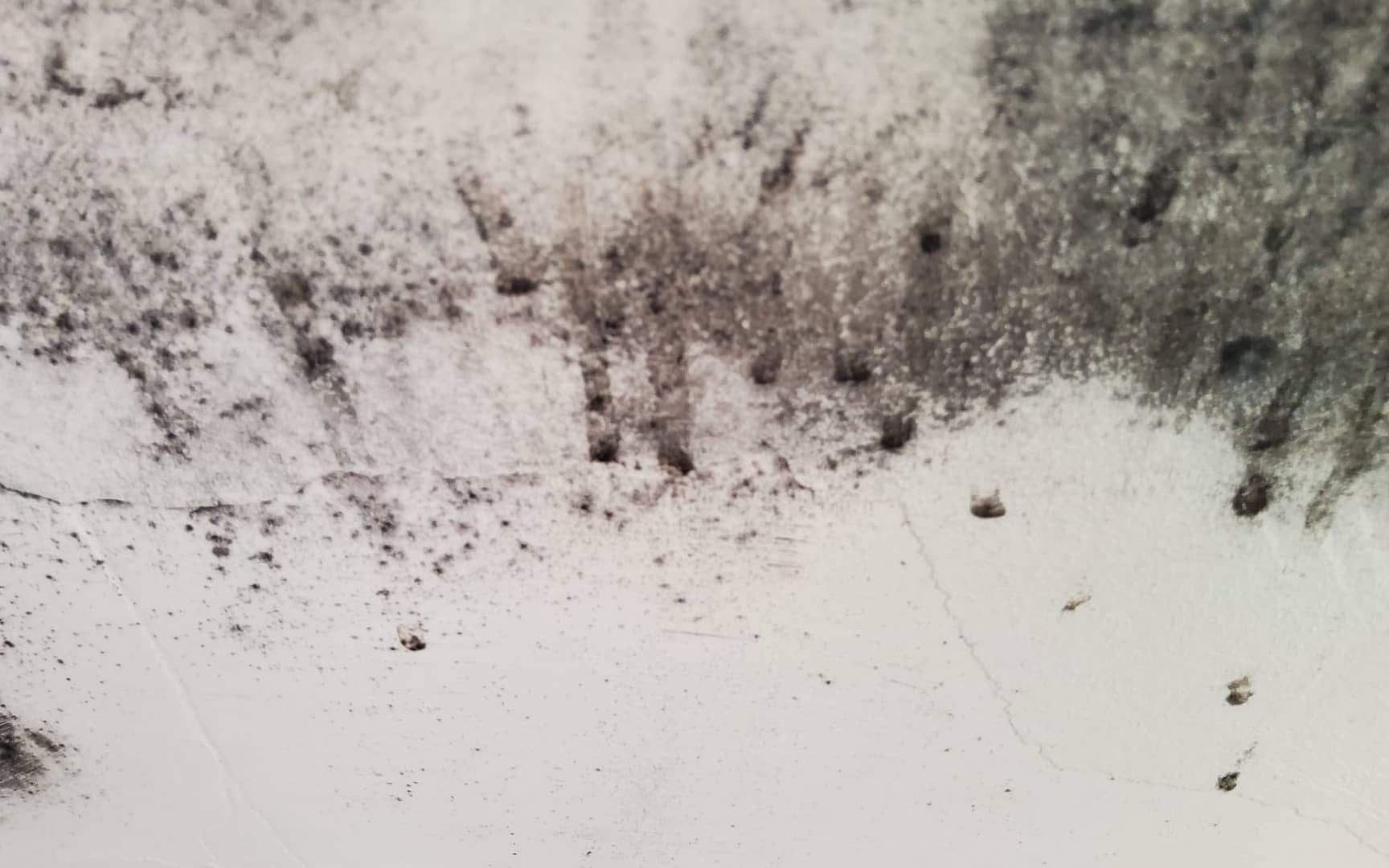Damp and mould are two unwelcome houseguests that can wreak havoc in our homes. Whether you’ve experienced them personally or not, you’re likely aware of the unpleasant sight, smell, and potential health hazards associated with these issues. In this article, we’ll delve into the different types of damp, explore the world of mould in social housing, and understand the negative impact they can have on our lives.
Understanding the Various Types of Damp
Damp is a common problem in many homes across the UK. It’s essential to recognise the different types of damp and understand the specific characteristics and causes associated with each.
Rising Damp
Rising damp is a persistent issue that can affect homes, particularly older ones. It occurs when groundwater is drawn up through the porous materials in a building, such as bricks and mortar. This capillary action allows moisture to travel upwards, leading to visible signs of dampness on walls. Rising damp is often identified by its distinctive “tide mark” on the affected walls.
The negative impact of rising damp is quite evident. It can cause paint and plaster to flake, damage skirting boards, and create an unsightly and unhealthy living environment. Over time, the structural integrity of the affected walls can be compromised, leading to costly repairs.
Penetrating Damp
Penetrating damp is another type of damp that can afflict homes, especially during heavy rainfall or storms. This type of damp occurs when rainwater infiltrates the building through damaged or poorly sealed walls, roofs, or windows. The most common signs of penetrating damp include damp patches on walls, water stains, and peeling paint or wallpaper.
The negative impact of penetrating damp goes beyond aesthetics. It can result in mould growth, which we’ll discuss in detail later. It can also affect the structural integrity of your home and create a breeding ground for a host of other issues, such as wood rot.
Condensation Damp
Condensation damp is probably the most common type of damp, affecting homes across the UK. It occurs when warm, moist air comes into contact with colder surfaces, causing the moisture to condense into water droplets. You’ve likely seen this in action when your bathroom mirror fogs up after a hot shower or when you see water droplets on your windows on a cold morning.
The negative impact of condensation damp is primarily related to the environment it creates. Excess moisture in the home can lead to mould growth, damage to furnishings, and potential health problems. We’ll explore the health aspect in more detail shortly.
Airborne Damp
While not as well-known as the previous types of damp, airborne damp can also be a concern. This type of damp occurs when moisture in the air is absorbed by walls and surfaces, resulting in dampness without any direct contact with liquid water. It is often associated with high humidity levels in homes.
The negative impact of airborne damp is somewhat similar to condensation damp. It can create an environment conducive to mould growth, and over time, it can damage the structure and aesthetics of your home.
The Impact of Mould on Our Lives
Now that we’ve covered the different types of damp, let’s turn our attention to the unwelcome companion of dampness: mould. Mould is a type of fungus that thrives in damp and humid environments. It can take various forms and colours, and it can be found both outdoors and indoors. When mould finds its way into our homes, it can have a significant negative impact on our lives.
The Health Implications of Mould
Mould can be more than just an eyesore. It poses a potential health risk to the inhabitants of a damp-infested home. Exposure to mould can lead to a variety of health problems, particularly for those who are sensitive or allergic to it. Some common health issues associated with mould exposure include:
Respiratory Problems: Inhaling mould spores can trigger or worsen respiratory conditions, such as asthma, bronchitis, and other lung-related problems. This can be particularly concerning for children and the elderly.
Allergic Reactions: Mould spores can cause allergic reactions, including sneezing, runny or stuffy nose, itchy or watery eyes, and skin rashes. Allergies can be bothersome and reduce the overall quality of life.
Fungal Infections: In rare cases, mould exposure can lead to fungal infections, especially in individuals with weakened immune systems. These infections can be serious and may require medical intervention.
The Aesthetic and Structural Impact of Mould
Mould not only threatens our health but also has a negative impact on the aesthetics and structure of our homes. Once mould takes hold, it can be challenging to eradicate completely. Some of the problems associated with mould include:
Stains and Discoloration: Mould can leave unsightly stains on walls, ceilings, and other surfaces. These stains can be difficult to remove and may necessitate repainting or replacement.
Damage to Building Materials: Mould can break down and weaken building materials, such as drywall, wood, and insulation. This structural damage can compromise the integrity of your home.
Unpleasant Odour: Mould often emits a musty and unpleasant odour that can permeate your living spaces. This odour can be challenging to eliminate and can create an unwelcoming environment.
The Preventive Measures and Solutions
Now that we understand the different types of damp and the negative impact of mould, it’s crucial to explore ways to prevent and address these issues.
Preventive Measures
Proper Ventilation: Ensuring adequate ventilation in your home is essential for reducing condensation damp. Use exhaust fans in kitchens and bathrooms, open windows when weather permits, and maintain proper airflow.
Regular Maintenance: Stay on top of maintenance tasks, such as checking for leaks, repairing damaged roofs, and sealing any gaps or cracks in your home’s exterior.
Humidity Control: Use dehumidifiers to control indoor humidity levels, especially in areas prone to condensation damp. This can help prevent mould growth.
Insulation: Proper insulation can help prevent airborne damp and keep surfaces warm, reducing the chances of condensation.
Solutions
Professional Damp Proofing: For rising and penetrating damp, it’s often necessary to consult a professional who can assess the issue and provide damp proofing solutions. This may involve installing a damp-proof course or addressing structural problems.
Mould Remediation: If mould has already taken hold in your home, it’s essential to address it promptly. You can clean small areas of mould using a mixture of water and detergent, but for extensive infestations, it’s best to seek professional mould remediation services.
Repairs and Renovation: In cases where damp and mould have caused structural damage, you may need to invest in repairs and renovation. This can include replacing damaged materials, repainting, and addressing any underlying issues that contributed to the problem.
Making a Housing Disrepair Claim with National Claims
National Claims understands the significant negative impact that different types of damp and mould can have on your home and your well-being. We’re here to help you navigate the challenging process of addressing these issues and making a claim when necessary.
Identifying Housing Disrepair
The first step in making a housing disrepair claim is identifying the extent of the problem in your home. Our team of experts can assess the situation and determine if the issues with damp and mould qualify as housing disrepair.
Legal Guidance
If your case meets the criteria for housing disrepair, National Claims will provide you with the legal guidance and support needed to pursue a claim against your landlord or housing provider. We understand the legal complexities involved in these cases and will ensure that your rights are protected.
Documenting the Issue
Our team will assist you in documenting the extent of the damp and mould problems in your home. Proper documentation is essential in building a strong case and demonstrating the negative impact these issues have had on your living conditions and health.
Negotiating a Settlement
National Claims will act on your behalf to negotiate with your landlord or housing provider. Our goal is to reach a fair settlement that addresses the negative impact of damp and mould on your home and compensates you for any damages or health issues you’ve experienced.

Conclusion
Different types of damp and mould are not just inconveniences but can have severe negative impacts on your home and health. Understanding the various types of damp, recognising the signs of mould, and knowing how to prevent and address these issues are crucial steps in maintaining a safe and comfortable living environment.
If you’re dealing with housing disrepair due to damp and mould, National Claims is here to provide the guidance and support you need. We’ll help you navigate the process of making a housing disrepair claim, ensuring that your rights are protected, and working towards a fair resolution.
Remember, a healthy and mould-free home is a happier and safer home, and National Claims is dedicated to helping you achieve just that.
Start your claim today with the help of one of our claims specialists by contacting us.
Click below to see why we are one of the most trusted claims management companies in the UK.

We’re proud of our excellent customer reviews
We thrive on delivering exceptional service and ensuring our clients’ satisfaction. Don’t just take our word for it. Check out some of our independent reviews to see what our clients have to say.
Excellent

This firm is excellent, they sorted out my car pay out and injury claim very fast, they always communicate with you all the time.

My accident case was dealt with confidence and with great result of the outcome, especially James kept me informed all the time.

I was very impressed at the way my inquiry was treated. I was listened to attentively and everything I needed to know was explained to me.






